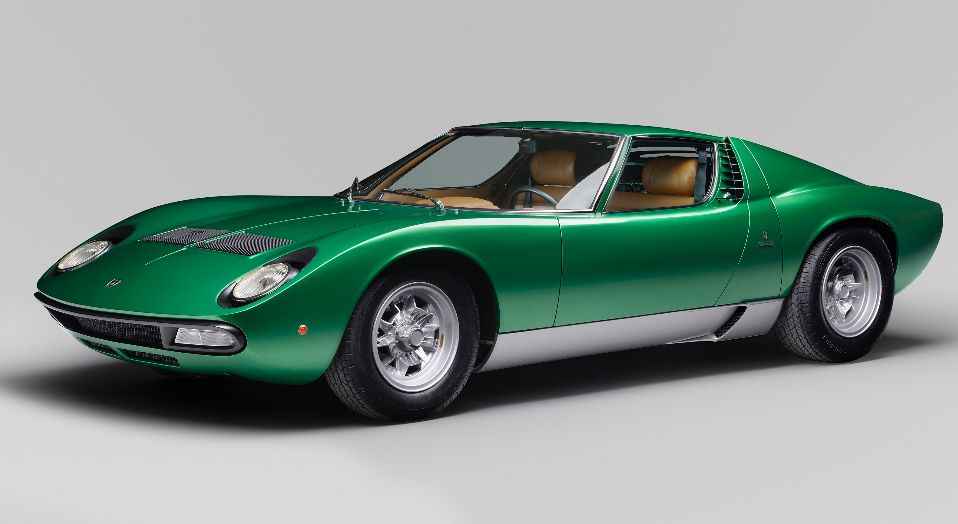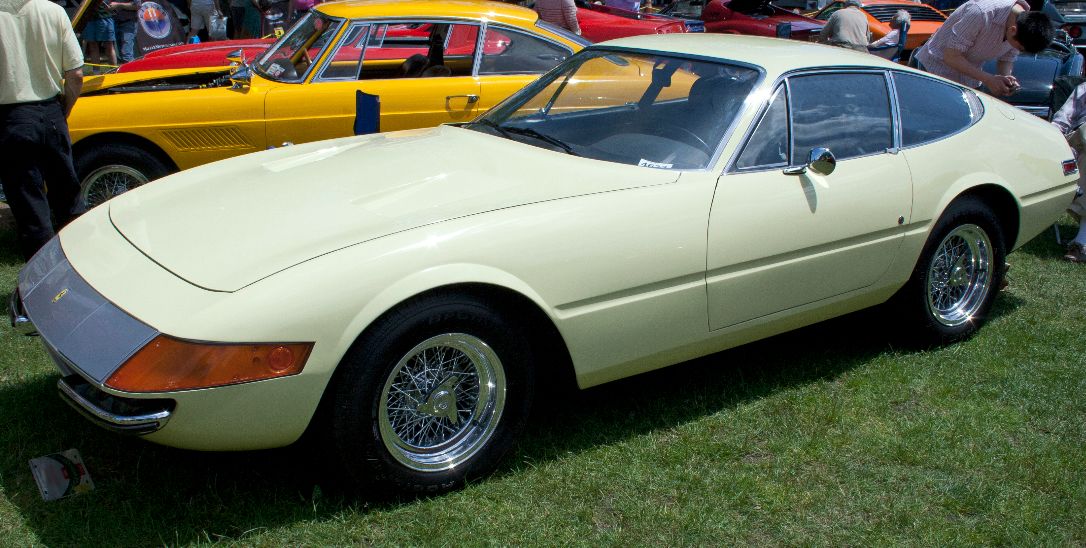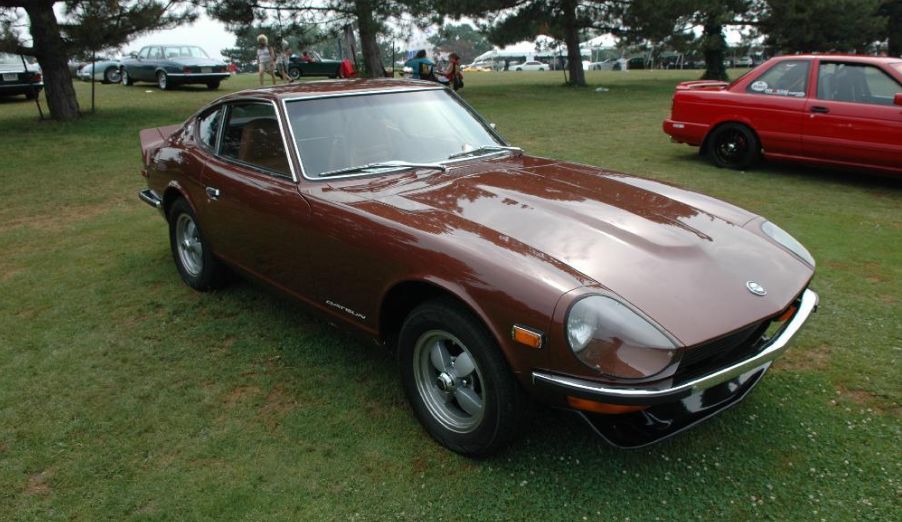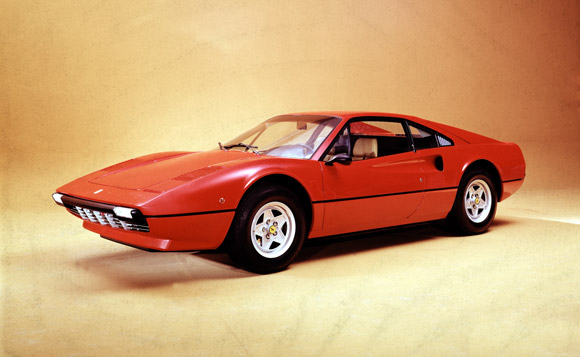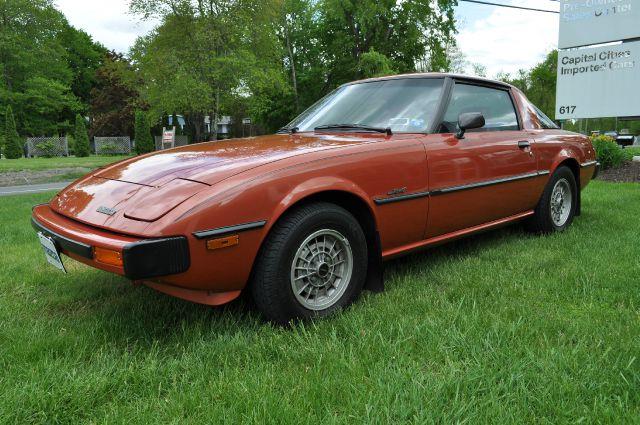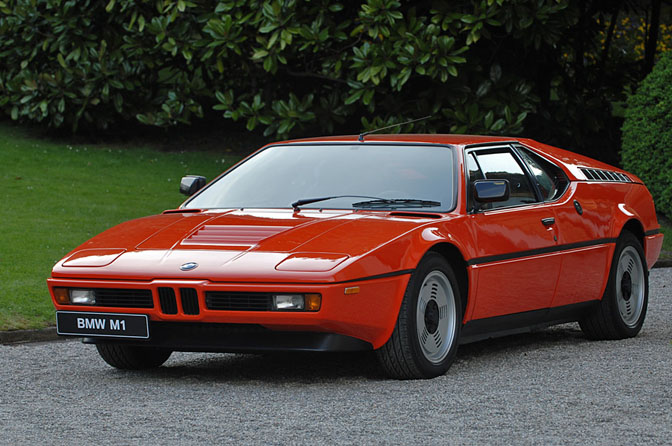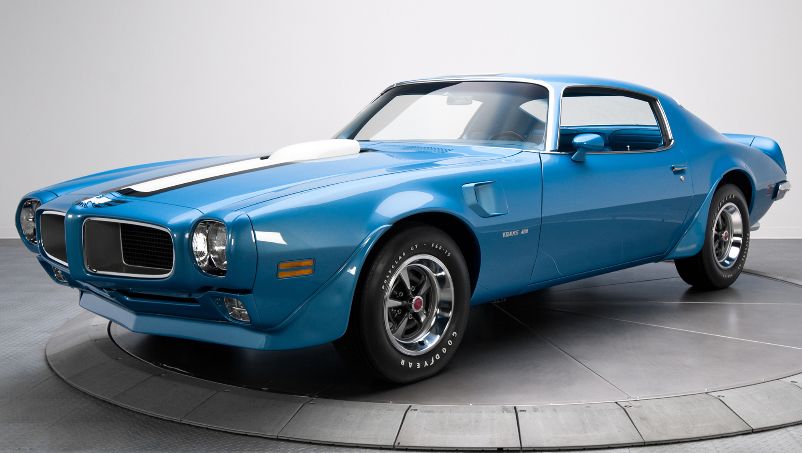The 1970s were not the best time for sports cars. The Organization of Petroleum Exporting Countries had put a stop in U.S oil shipments between October 1973 and Spring of 1974, and although the period was brief, the effects were instant and profound. Drivers across the country had to wait in long queues to pay exaggerated prices for gasoline (where it was available) and the attitude of the public towards the automobile began to shift.
Buyers opted for the smaller, more economical vehicles such as Chevy Vegas and Ford Pintos, as well as a rising tide of carefully-made, properly equipped, increasingly popular Japanese-made Hondas, Datsuns, and Toyotas. This compromised the entire U.S market, along with its economy. The Congress, reacting to the gas crunch, mandated higher CAFE (corporate average fuel economy) for all automakers in the country, beginning with the 1978 model year.
But manufacturers weren’t really impressed with more government mandates. Even Detroit was having a hard time reducing tailpipe emissions as required by the 1970 Clean Air Act, not to mention the numerous safety standards established. These types of sobering new realities had a tremendous effect on many fun sports cars. To be certain, some excellent models were made in the ’70s.
Here are profiles of the top ten sports cars of the 1970s.
1971 Ferrari 365 GTS/4 Daytona Spyder
Engineered by Ferrari, designed by Pininfarina, and created by Scaglietti. These are the three key ingredients that make the Spyder one of the most sought-after Ferrari sports cars of all time. When the prototype was introduced in 1969 at the Frankfurt Motor Show, it featured slight angulations on the body and plexiglas headlights – specs that were lost on the other production models. It was equipped with pop-up headlights in order to meet USA regulations, where it had a significant market base.
Daytona Spyder had the same 4.4-L V12 engine as the Berlinetta, which could manage an impressive 170mph. It’s one of the rarest cars on the planet, not just because of its relatively low volume production, but because it has never been associated with any actual contemporary.
1973 Datsun 240z
Datsun did not invent the independent suspension, or disc brakes, or overhead cam engine, but it has been known to incorporate these complex systems into remarkably conceived and fairly affordable vehicles. The production of the Datsun 240Z begun after a lot of thought – and this is evident in the results. The test car at the Orange County Raceway clocked 1/4 in 16.1 secs speeding at 86.5mph above one second and 9mph faster than the counterpart Triumph TR6.
The car also featured the familiar powerful engines associated with Datsun, in this case a 2.4L single overhead cam 6. Combined with a 9 to one compression ratio and 2 SUs, it produces 151hp at 5600rpm. Like all Datsun models, the 240z has a flat torque curve reminiscent of a plateau.
1974 Lamborghini Countach
If there was only one sports car you could own during the seventy’s, it had to be the Countach. Introduced to the public in 1971 at the Geneva Motor show, the car featured a unique design with ultra low 2 seats that took the motor world by storm. The scissor doors were definitely the most captivating components of the car, which could swing up and forward while opening. These popular doors became standard in all Lamborghini models from thence onward up to the newest Mucielago.
Related: Relive 5 Of The Best Japanese Supercars Ever Made
Its bodywork consisted of aluminum alloy incorporated onto a leather-weight tubular space-frame chassis. The 5L v12 engine, although not bad for 440hp, tended to overheat and cause reliability issues, hence it was replaced by the 3929cc V12 designed by Bizzarrini, which was also very competitive.
1971 Lamborghini Miura SV
The P400 Miura was the first “super-car” produced by Lamborghini, and maybe even the first super-car in the world. During its debut in 1966 at the Geneva Salon, the car received with a hero’s welcome. In a word, the Miura was simply unique and revolutionized the design of high performance sports cars. The engine was mounted transversely, right behind the passenger compartment. What’s more, the car’s performance was just as impressive as its looks, and the Miura would go on to become a pioneer of a petrol-powered generation.
1975 Ferrari 308
From the second it was released in 1975, the Ferrari 308 was truly a classic car. It came with a V8 engine from the previous 308 GT4, and the first 712 models were made of fiberglass – a first for Ferrari. Realizing that using steel was much quicker and cheaper than fiberglass, the latter was deserted. Today, the glass-fiber models are the most sought-after and expensive 308 Ferraris – although the cars sold high since being launched in 1977.
1979 Mazda RX-7
The first RX-7 models made their entrance into the sports car scene in 1978 for the 1979 model cars. The debut was an instant success, as opposed to its predecessors: the rotary-powered coupes RX-3 and Cosmo 110. The RX-7 came with a 1.1L rotary engine producing 105 lb ft. of torque and 100hp, which was enough to accelerate the 2350 pounds of metal from 0-60 in less than ten seconds. The engine was compact and super light, making it easier to be fitted behind the front axle. It was also uniquely sleek and featured an integrated electric buzzer to warn motorists against blasting through the 7k rpm red line
1973 Porsche 911 Carrera RS 2.7 Touring
It goes without saying, the 1973 Carrera RS has grown to become one of the most desirable Porsche sports car in the world. After FIA decided to restrict factory-made prototypes to only 3-Liters of displacement in 1972, Porsche’s ludicrously successful 917 models became obsolete abruptly. The company did not waste time looking for a different arena to compete in, settling for the European Grand Touring Championship. Of course, they’d have to build at least five hundred road legal cars in order for the car to qualify as being completely “production-based”.
1978-1981 BMW M1
As the Six Series was being introduced, engineers were busy working on developing a distinctive BMW sports-car: the BMW M1. The debut of the M1 caused a stir around the world. The high performance coupe marked the first model built by BMW Motor Sport GmbH. The mid-engined car was introduced as a member of the ProCar Series in 1979, featuring a large 3.5-L straight-6 engine. The power unit of the purchasable road version, which was mounted longitudinally ahead of the back axle, produced 277bhp of power.
1970 Pontiac Trans Am
Somehow, a tiny subversive part of the Pontiac slithered out from under the government-fearing, nay-saying, tedious, corporate thumb to assemble together the 1970 Trans Am – a lightning reflexed, hard muscled commando of a sports car, a car so unique it doesn’t have a match on the face of the whole planet, even for double the price. The Pontiac is filled with vents, scoops, and spoilers, making it look like a race car. But hey, if it looks like a duck, quacks like a duck… The Trans Am is faster than any of the other Pontiacs ever tested, mostly thanks to the Pontiac Engineering. It has a terminal velocity of 103.2mph and is a fun car to drive too.
1970 Citroën SM
There is nothing familiar about the bold Citroen SM, powered by Maserati that was introduced in 1970. This car allowed iconoclastic Citroen to reach the height of doing things their own way. It featured a hydraulic system that worked the steering, brakes, and suspension. There was even a small distinct hydraulic system to control the inner headlamps that balanced with the front wheels. The car incorporated a rubber button on the floor in the place of a brake pedal. The engine was a Maserati 90-degree V6 that accelerated the front wheels. The entire thing was embodied in wind-cheating, futuristic design by Robert Opron.

